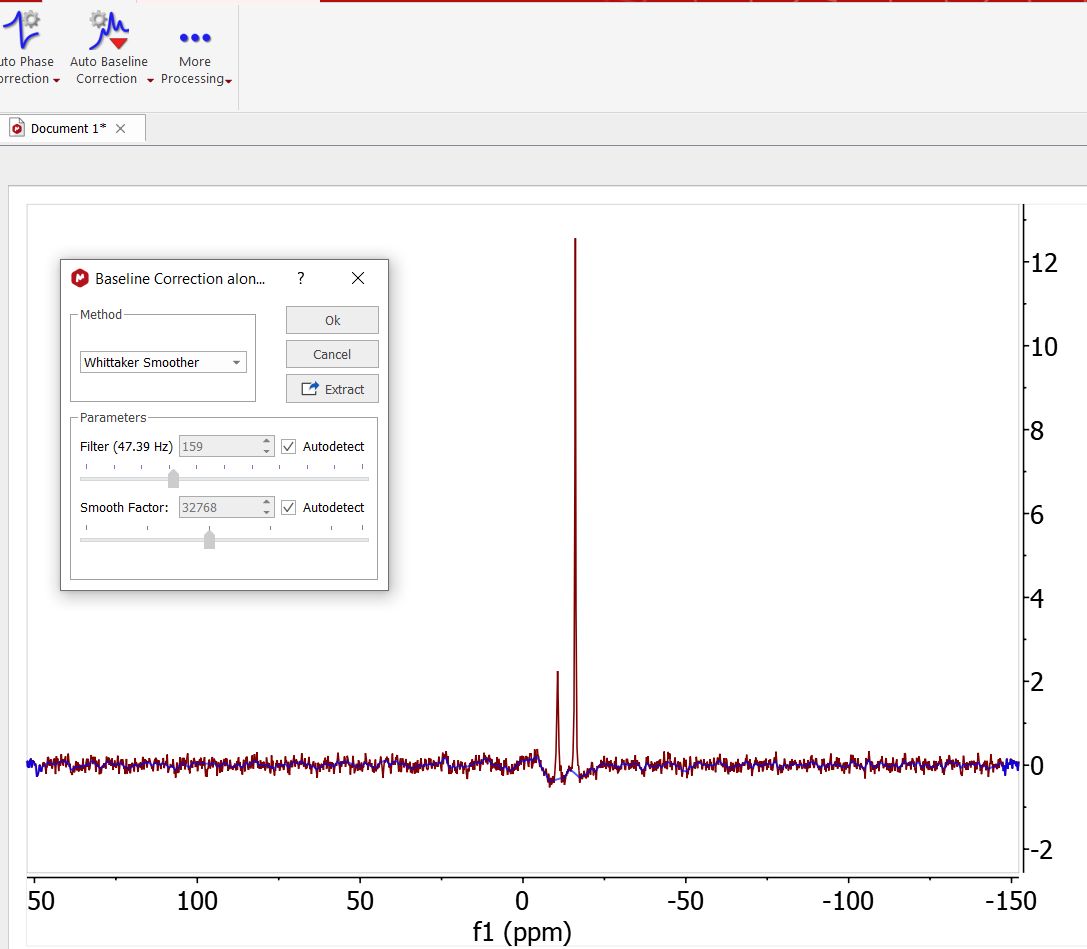
GFDL’s ESM2 global coupled climate–carbon earth system models. Development and evaluation of an Earth-system model-HadGEM2. Improved climate simulation by MIROC5: mean states, variability, and climate sensitivity. EPIC-Erosion/Productivity Impact Calculator: 1. Global investigation of impacts of PET methods on simulating crop–water relations for maize. GEPIC-modelling wheat yield and crop water productivity with high resolution on a global scale. MIRCA2000-global monthly irrigated and rainfed crop areas around the year 2000: a new high-resolution data set for agricultural and hydrological modeling. Geographic distribution of crop areas, yields, physiological types, and net primary production in the year 2000. Parameterization-induced uncertainties and impacts of crop management harmonization in a global gridded crop model ensemble. Exploring uncertainties in global crop yield projections in a large ensemble of crop models and CMIP5 and CMIP6 climate scenarios. Divergent projections of future land use in the United States arising from different models and scenarios. IPCC Climate Change 2014: Impacts, Adaptation, and Vulnerability (eds Field, C. Warming affects foliar fungal diseases more than precipitation in a Tibetan alpine meadow. A meta-analysis of global fungal distribution reveals climate-driven patterns. Comparison of land surface humidity between observations and CMIP5 models. IPCC Climate Change 2013: The Physical Science Basis (eds Stocker, T. Reconsidering leaf wetness duration determination for plant disease management. What was old is new again: thermal adaptation within clonal lineages during range expansion in a fungal pathogen. Robin, C., Andanson, A., Saint-Jean, G., Fabreguettes, O. Thermal adaptation in the fungal pathogen Mycosphaerella graminicola. Epidemiology and control of stripe rust on wheat. Climate change may have limited effect on global risk of potato late blight. Economic and physical determinants of the global distributions of crop pests and pathogens. Niches and distributional areas: concepts, methods, and assumptions. The global spread of crop pests and pathogens. A simple generic infection model for foliar fungal plant pathogens.

Assessing agricultural risks of climate change in the 21st century in a global gridded crop model intercomparison. Changes in crop yields and their variability at different levels of global warming. The proportion of soil-borne pathogens increases with warming at the global scale. Climate Change effects on Black Sigatoka disease of banana. Fungal infections of rice, wheat, and grape in Europe in 2030–2050. Modelling the role of agriculture for the 20th century global terrestrial carbon balance. Mechanistic niche modelling: combining physiological and spatial data to predict species’ ranges. Species distribution models: ecological explanation and prediction across space and time. Potential distributional changes of invasive crop pest species associated with global climate change. Crop pests and pathogens move polewards in a warming world. Ecological and evolutionary responses to recent climate change. Many unreported crop pests and pathogens are probably already present. Range-expanding pests and pathogens in a warming world. Geometry and evolution of the ecological niche in plant-associated microbes. Threats to global food security from emerging fungal and oomycete crop pathogens. The coastal outlines were obtained from package rworldmap version 1.3–6 for R version 4.0.1.įones, H. Administrative boundaries for the maps were obtained from GADM ( ). Coupled Model Intercomparison Project 5 single-level monthly near-surface RH data were obtained from the Climate Data Store ( ). The annual per capita GDP (PPP) data were obtained from the World Bank ( ). The fungal and oomycete names and name disambiguation data were obtained from Species Fungorum ( ) and MycoBank ( ). The global gridded crop distribution data used in this study are available from EarthStat ( ) and MIRCA2000 ( ). The global gridded climate data and climate projections are available from WorldClim ( ). The FAOSTAT commodity list is available from.
#Mestrenova peaks go beneath baseline license
The fungal and oomycete host plant data and geographical distributions (the Plantwise database) were used under license for the current study and are available with permission from CABI.

The data on annual crop yield projections used in this study are from the Inter-Sectoral Model Intercomparison Project ( ). The fungal and oomycete cardinal temperature data are available in Dryad 42 ( ) and from ref.


 0 kommentar(er)
0 kommentar(er)
